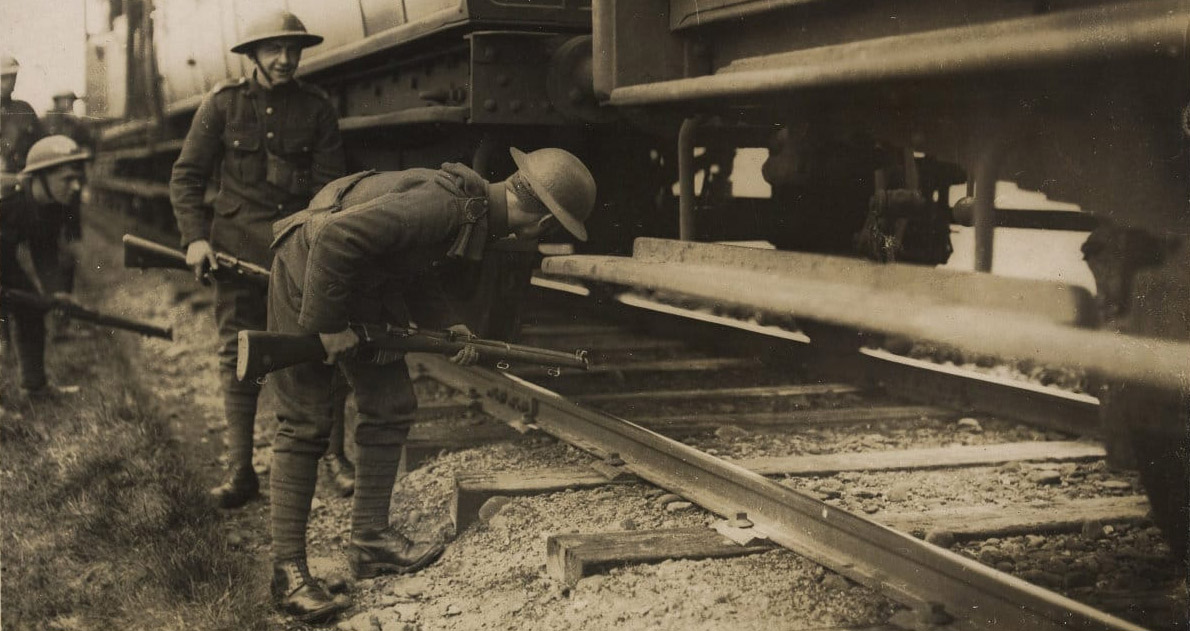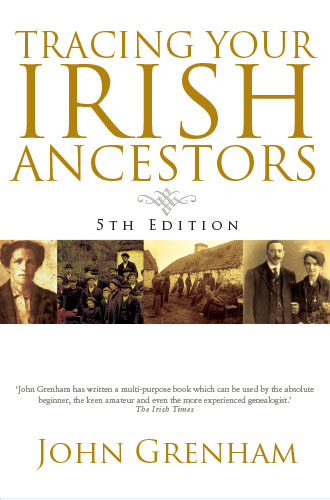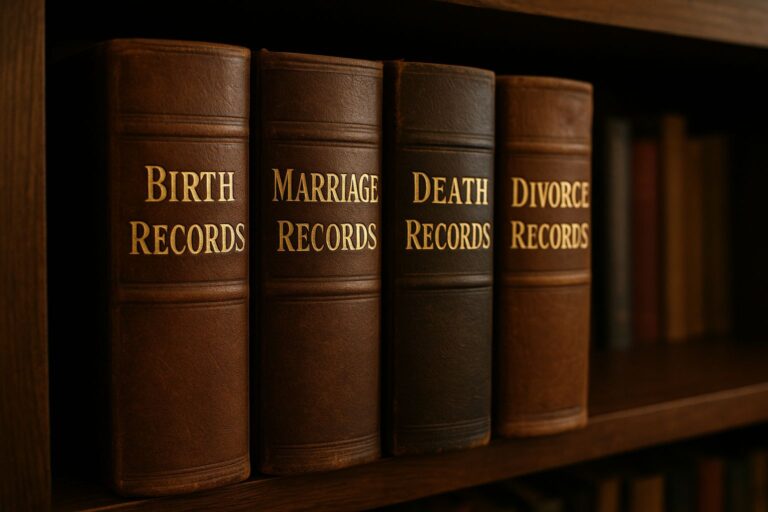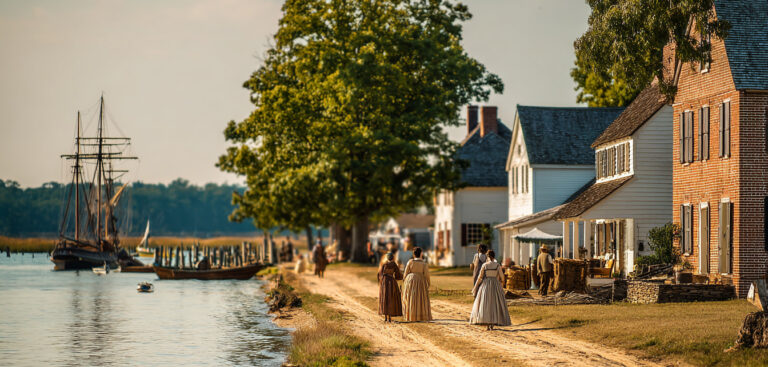
Irish Deed and Army Records Online Covered in Tracing Your Irish Ancestors | 5th Edition | by John Grenham
As we have noted previously, the most important development in Irish genealogy since Mr. John Grenham published the fourth edition of his textbook has been the enormous strides in posting Irish family content on the Internet. This fact has guided the author in his preparation of the new 5th edition of Tracing Your Irish Ancestors, now available from Genealogical.com. Heretofore we have published excerpts from the 5th edition pertaining to newspaper resources in Ireland, major Irish genealogy websites, and online gravestone inscriptions. The following excerpt from the 5th edition looks at online records of deeds and Irish military service.
ONLINE ACCESS TO THE REGISTRY OF DEEDS
In the 1960s, the LDS Family History Library microfilmed the indexes of the Registry of Deeds and the full set of memorial bools from 1708 to 1929. In early 2017, the Library began to make these films freely viewable online at familysearch.org/search/catalog/185720. As of August 2018, all 2686 films are freely viewable online. This access promises to change profoundly the status of the Registry as a research source.
Using the site requires mimicking the Procedure in the Registry itself: first examine the Index covering the period and place or person you are interested in. Remember that before 1752, the New Year began on March 25, making it perfectly possible for a deed to be dated in July and the memorial registered in January of the same year. Some of the Names Index volumes set out the surnames year by year and some consolidate all the surnames for the period covered. It is important (and difficult when using the online microfilm) to be sure which type the volume is–otherwise it is easy to miss a whole run of years. Note the years searched and the volume, page and number of any memorials to be examined in detail. Find the volume number–in the research room if onsite–further down the page on FamilySearch. Go to the page specified and identify the memorial number. Online, this is best done by opening another browser window or tab and calculating a rough location to start; each image represents two pages. It is necessary to download the entire film at a go and many of the films hold more than one volume.
Researching the memorials online is not a job suited to a slow connection, a mobile or a tablet computer.
The Registry of Deeds Index Project Ireland (www.irishdeedsindex.net) is a long-running volunteer project under the aegis of the IGRS that aims to abstract and make available all personal information from the memorials. So far (August 2018) they have covered 28,1771 memorials, almost all eighteenth-century. They also have very useful direct links to the precise starting pages of the various Names and Lands indexes within the digital microfilms.
Using the online microfilm images is initially cumbersome, but not much more than hefting the giant index and memorial volumes around the Registry of Deeds reading room. With a little practice, the process becomes much clearer and the ease of access it allows is nothing short of revolutionary.
THE IRISH ARMY
The army of independent Ireland only came into official existence in 1922, but those who fought during the guerrilla campaign from 1916 to 1921 were retrospectively treated as if they had been members. They are recorded in the military service pension and medal applications held by the Military Archives and online at militaryarchives.ie (goo.gl/BC4TI6). The applications can run up to 400 pages and contain a wealth of incidental detail. The Military Archives also have an Irish Army census for 12th-13th November 1922 at census.militaryarchives.ie and a database of medals awarded for service between 1916 and 1921. The Bureau of Military History (bureauofmilitaryhistory.ie) records the oral history of participants in the nationalist struggle between 1913 and 1921.
Personnel records of deceased soldiers are currently available to direct next of kin only. Records for those who left the Defence Forces more than.thirty years ago are held at the Military Archives in Dublin. Correspondence should be addressed to the Officer in Command Officer in Charge, Military Archives, Cathal Brugha Bks, Rathmines, Dublin 6 or militaryarchives@defenceforces.ie.
The “Historical articles” section of www.curragh.info includes a complete list of soldiers and their wives who occupied married quarters in the Curragh camp and Magee barracks in Kildare town up to the 1980s, as well as headstone transcripts from the Curragh military cemetery.




